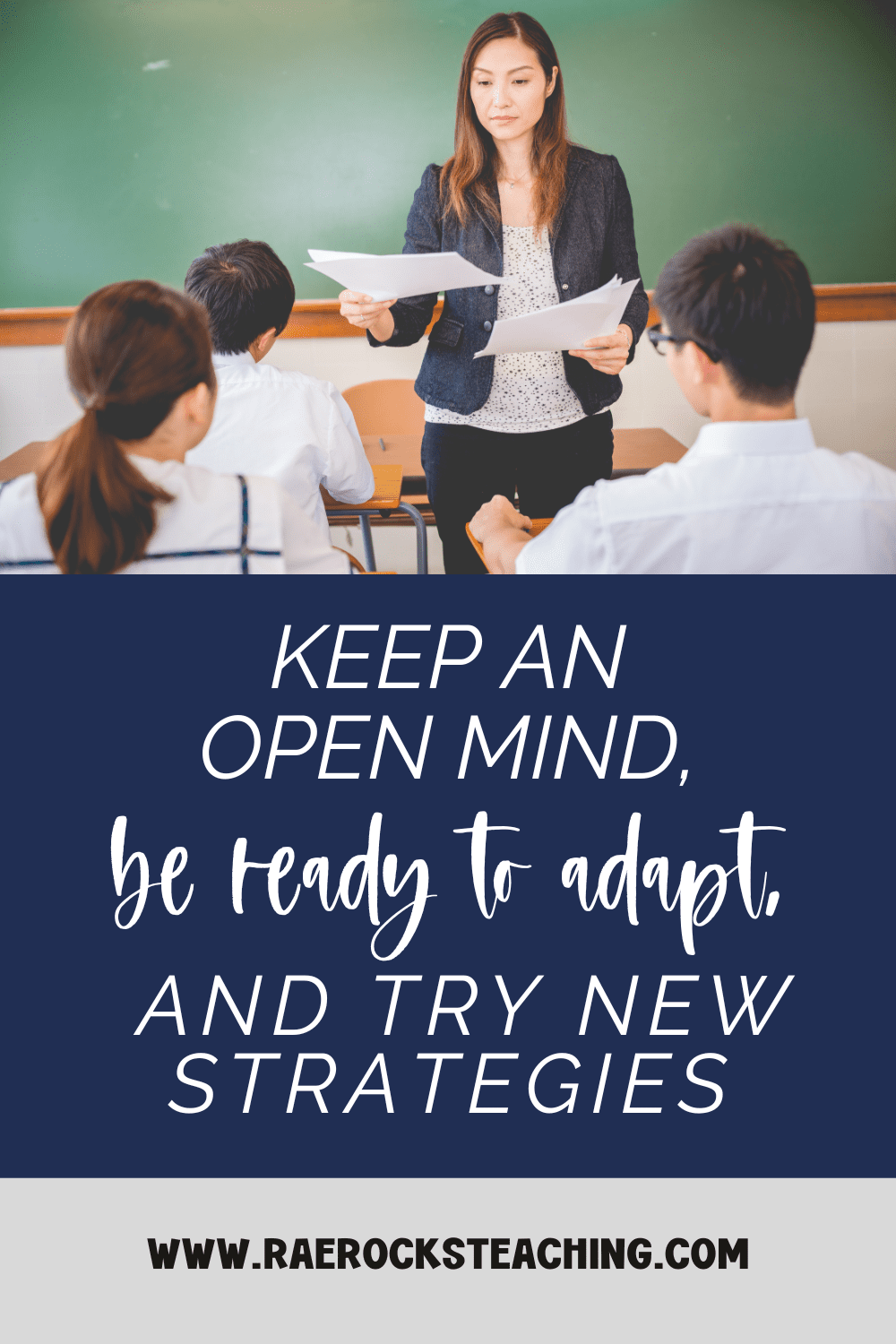In the ever-evolving landscape of education, the flipped teaching method has emerged as a game-changer, turning traditional classroom dynamics on their head – or should I say, flipping them. This innovative approach, also known as the flipped classroom method, involves presenting course material outside of class (think homework) and using class time for engaging activities and personalized learning. However, as with any revolutionary approach, flipping your classroom comes with its own set of challenges.
Looking for more ways to engage your lessons in class?
Fear not, for we’re about to navigate these waters with some practical solutions.
Navigating the Basics: Overcoming Initial Hurdles in the Flipped Classroom
- Ensuring Student Preparation
One of the cornerstone issues with the flipped classroom is ensuring that students come prepared. It’s like throwing a party and worrying if anyone will show up. To combat this, make your flipped classroom lesson materials impossible to resist. Integrate interactive elements such as quizzes, short videos, and discussion forums. Use tools like Edpuzzle (my fav) or Quizizz to add a layer of accountability. These resources can track student progress and engagement, giving you a heads-up if someone’s slacking.

-
Save
- Technology Troubles
Let’s face it, not all students have equal access to technology, and relying heavily on it can create a divide. The trick here is to provide alternatives. For instance, if a student can’t watch a video at home, allow them to view it in the library or in a designated space during school hours. It’s all about inclusivity and ensuring no one’s left behind in the digital dust. This is the MAIN reason I love and implement the in-class flip in my own classroom.

-
Save
- Student Resistance
Change is hard, and some students might prefer the old-school method of being spoon-fed information. To ease this resistance, communicate the benefits of the flipped classroom method clearly. Show them it’s not just about watching videos at home but about creating a more interactive, engaging classroom experience.
- Time-Consuming Content Creation
Creating content for flipping your classroom can be as daunting as starting a new Netflix series – where do you even begin? The good news is, you don’t have to reinvent the wheel. Leverage existing resources from platforms like Khan Academy or TED-Ed. If you do create your own materials, keep them short and sweet. Remember, your students have the attention span of… well, students.
Advancing Your Approach: Tackling Advanced Challenges in Flipped Teaching
- Keeping the Classroom Engaging
Now that you’ve brought them to class prepared, what next? The flipped classroom shines here by allowing you to dive into hands-on activities, discussions, and problem-solving sessions. Think of it as less lecturing and more guiding. Use this time for group work, labs, or debates.
- Assessing Student Understanding
The flipped teaching method requires a shift in how we assess student understanding. Traditional tests may not cut it anymore. Instead, focus on formative assessments like journal entries, concept maps, or student-led presentations. These give you real-time feedback on how well your students are grasping the material.

-
Save
- Parental Skepticism
Parents might be skeptical about this new-fangled flipped classroom method. It’s a big leap from the “read chapter three and answer the questions at the end” approach they’re used to. Hold a parent-teacher night to explain the method and its benefits. Show them it’s about creating independence and critical thinking in their children, not just giving them more screen time.
- Balancing Workload
It’s easy to get carried away and overload students with too much at-home material. Remember, the goal is to make learning more efficient, not to turn their evenings into a marathon study session. Balance is key. Provide clear, concise materials for home study and use class time effectively for deeper exploration of the topics.
- Collaborative Learning Challenges
Group work is great, but not when it turns into a few students doing all the work while others coast along. To tackle this, assign roles within each group and rotate them regularly. This ensures everyone gets a taste of the responsibility pie – from the research chef to the presentation sous-chef.

-
Save
- Continuous Improvement
Finally, the flipped classroom method isn’t a set-it-and-forget-it deal. It requires continuous tweaking and adjusting based on feedback and results. Keep an open mind, be ready to adapt, and don’t be afraid to try new strategies.

-
Save
Flipping your classroom might seem like a daunting task, but it’s like any good challenge – totally worth it in the end. By addressing these common hurdles head-on with practical solutions, you can create an engaging, dynamic, and effective learning environment. Embrace the flipped teaching method and watch as your classroom transforms into an interactive, student-centered hub of learning.
Happy Flipping!
Don’t forget to Sign up for the FREE GUIDE | Flip & Thrive: Your 5-Step Quickstart Guide to a More Engaging Classroom

-
Save
I love sharing helpful content with y’all and would love to connect on IG or Facebook. I’m on TikTok too! Follow me and send me a DM with what you need more of because I’m here to help! If you are looking for even more inspiration, find me on Pinterest!
Share via:








